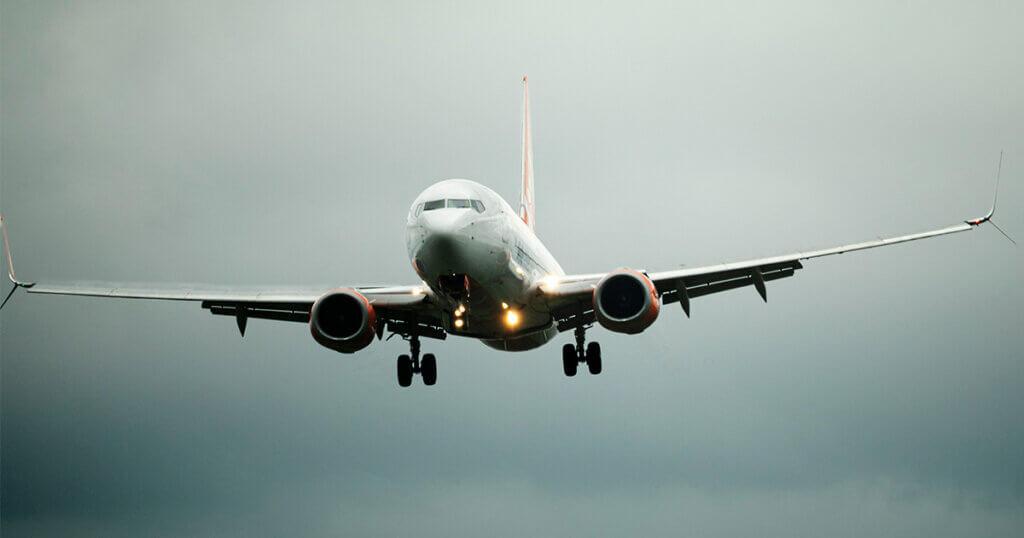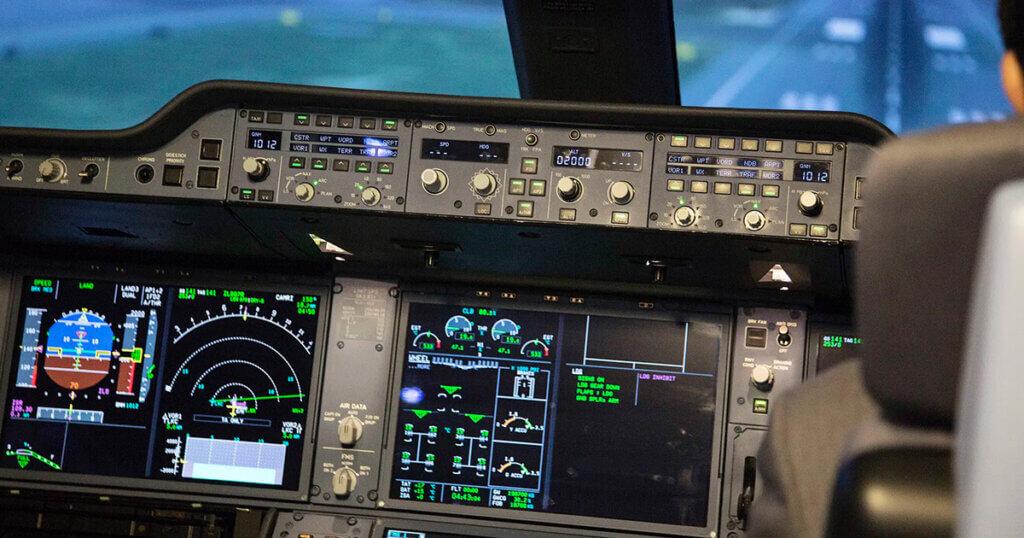- (+34) 913 09 43 73
- info@worldaviationato.com
- Mon - Fri: 9:00 - 20:00
An autopilot is a mechanical, electrical or hydraulic system used to guide a vehicle without human help. The term is mainly employed to refer to an airplane, although it also exists for boats and cars.
In the early days of air transport, in order to fly safely, aircrafts required constant attention to pilot controls. This caused great fatigue to the crew so a system that could perform some of the pilot’s tasks, and thus relieve the workload, was designed. This system not only improved flight efficiency, but also increased safety by allowing the crew to focus on the critical aspects of flight operation and its supervision.
Modern autopilots use computer systems to control the aircraft. The navigation system calculates the aircraft’s current position and sends this data to the flight management system which, in turn, sends the appropriate course and altitude corrections to the autopilot which operates the flight surfaces of the aircraft. In addition to the classic flight controls, most aircrafts incorporate the “autothrottle”, automatic power management which controls the fuel flow into the engines and thus optimize the cruising speed, descent and ascent.
A flight is divided into different phases: taxi, takeoff, ascent, cruise, descent, approach and landing. All these processes, except taxi and take-off, can be automated. In low visibility conditions the autopilot of most modern commercial aircrafts is able to land on a runway, previously prepared for such situation, and control the horizontal and vertical deviation with it, that is, to keep the aircraft in the center of the runway until the autopilot is deactivated and the crew takes control.
Autopilots have the ability to fly whole approaches by controlling the plane’s descent ratio and horizontal position automatically by means of an ILS approach, instrumental landing system.

The modern autopilot is integrated into the Flight Management System (FMS). This is part of the aircraft electronics, which in aviation is called avionics. Controls are located in the cockpit, usually on the instrument panel or in a center console.
This system is like a computer which coordinates the different position sources information, calculating an average location as accurate as possible and managing the route with the parameters that the pilot has programmed.
For its control, the system is connected to the MCDU (Multi-function Control and Display Unit) which is formed by a keyboard and screen that allow to visualize the different parameters and manage the unit. Furthermore, it has its own control panel where the course, speed, altitude, etc, are controlled.
In addition to these electronic devices, aircrafts are still equipped with conventional sensors, mechanisms and actuators. However, autopilot makes flying safer and more efficient.
Let’s look at the most common actions that autopilot can perform:
In short, the autopilot is a computer that follows the directions programmed by a human pilot.
At World Aviation, our state-of-the-art flight simulators allow students to practice such technology in a safe and controlled environment, providing them with a perfect training that will prepare them for any situation in the air.

Using autopilot properly is essential to ensure smooth transitions during flight. Below, we explain some of the buttons and controls that operate the automatic mode of different functions.
The first autopilot, or autopilot, was developed in 1912 by the Sperry Corporation by the inventor Elmer Ambrose Sperry, co-inventor with the German physicist Hermann Anschütz-Kaempfe of the gyro-compass, a type of modern gyroscope which indicates geographic north.
The system itself was quite simple: a gyro altitude indicator and compass were connected to the rudder, lifts and ailerons, operated hydraulically (the hydraulic system moves some actuators that, in turn, activate the three main types of control and control surfaces: tail rudder, tail lifts and wing flaps, which allow the aircraft to change direction). In addition, the system was supplemented by ADF, radiomagnetic locator, or radioaid (requiring NDB radio beacons on the ground) so that the aircraft was maintained at constant speed in straight and level flight (no yaw, no pitch, no twist) without the pilot putting hands on the joystick.
The system proved its operation in a real flight in 1914. In 1920 it was first employed on a ship.
At World Aviation, we are committed not only to teaching our students to fly, but also to innovating and leading in the aviation industry. If you are interested in becoming part of this exciting world, our Pilot School is the perfect place to start.
Join us and fly into your future with the confidence and knowledge that only World Aviation Flight Academy can offer!
You will be up to date with the news at World Aviation Group.